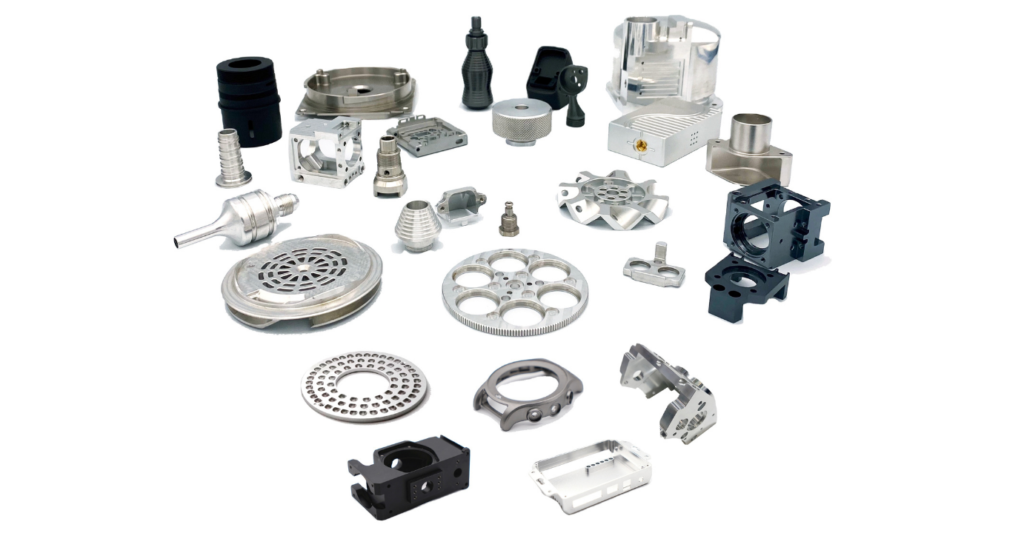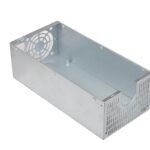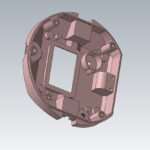Introduction
Robots are taking over the manufacturing industry by storm, and rightly so. The innovation that robotics industry brought to the technological world has pushed humankind to a new era.
Robotics manufacturing comes with its challenges, and CNC machining plays a vital part in its production.
Here we will discuss in detail the vitality of CNC machining in the robotics industry.
Why is CNC Machining a Vital Part of Robotics Industry?
Robots being complex in nature, are challenging to produce, and CNC machining offers the level of accuracy and efficiency that aids robotics manufacturing.
CNC Machining and Robotics are rapidly advancing, causing serious development in manufacturing processes. The level of automation introduced by Robots in recent years is unprecedented.
Robots are advancing every day, which means their demand is increasing, and so is the need for more precise and fast manufacturing. CNC Machining is aiding robotics to reach new heights.
CNC Machines, Robots, and CNC Robots, many terms are floating around these days. Don’t worry! We’ll help you understand some basics before discussing today’s topic in detail.

What Separates Robots from CNC Machines?
Robots and CNC machines differ in application, working methodology and purposes. Although you may have seen them in action side by side, yet they are different.
Some key differences are:
Intelligence
CNC Machines work with G-codes inserted in them. These are specialized codes generated via Computer Aided Manufacturing (CAM) files of a job. This lacks flexibility, and the machines are much more suited for specialized tasks. Like, cutting, punching, shaping raw material etc.
Robots are programmed with programming languages. This offers an edge to Robots over regular CNC machines. It provides much more flexibility in the application.
That is why you see robotic arms performing tasks that are more human in nature, like grabbing, placing, analyzing and decision making.
Artificial Intelligence is also being incorporated into the robotics industry, making it more potent than ever.
Applications
CNC Machines are specialized in nature. The most popular ones are CNC Lathe, Turning, Milling and Laser cutting machines. They are pioneers of automation in the manufacturing industry and still are most accurate in performance.
They are the best for the mass production of mechanical parts with high-level precision and accuracy. The lead times are much faster. Like tech, automotive, and aerospace, nearly every industry uses it.
Workspace
CNC Machining works in cubical workspace following cartesian coordinates. Up, down, back and forth kind of motion.
Robots are seen to move in a 3D spherical space. Much more flexible and suitable for advanced applications.
Challenges in Robot Manufacturing
CNC machining is vital for robot manufacturing. Since Robotics is a relatively new technology, and its manufacturing also comes with complexities.
To better understand this, we need to discuss some challenges the robotics manufacturing industry faces today.
Robots are composed of motors, gears, actuators, and circuit boards. There are a lot of moving parts which makes them susceptible to breakage.
As the newer advancements are made, there is a need to manufacture more complex designs that are difficult to manufacture using conventional labor and machines.

Importance of CNC Machines in Robotics Manufacturing
CNC machines are used to manufacture bespoke parts of complex machinery involving robotics. With advanced numeric control, complex designs are manufactured at a rapid pace.
The products you see all around are basically produced on these manufacturing machines: Lathe, Milling, Laser cutting, Punching, and Drilling etc. Computer Numeric Control (CNC) system has integrated into these good old machines and improved them significantly.
How can CNC Machining Enhance Robotics Manufacturing?
CNC machining can enhance robot manufacturing in many ways. The challenges faced by the industry, as discussed above, are almost completely removed by CNC machining. Leading technology towards advancement and innovation.
Some of the key areas improved by CNC machining processes are:
High Accuracy
CNC has undoubtedly increased the dimensional accuracy of spare parts, which is crucial in robotics. Many small parts are working and moving together in a robot to complete a task. So accurate dimensions and the least tolerances are necessary for robotics. CNC machines can produce precise products with +-0.05 mm accuracy. Some machines can go even higher.
Shorter Lead Times
CNC machining offers shorter lead times compared to conventional machining. The process is purely automated after the initial setup. Excellent for low and large-volume production. It also provides flexibility to refine and iterate the designs.
Proper Finishing
High-quality finishing is required for a frictionless motion to avoid wear and tear in moving parts of robots. With the level of precision CNC machining has to offer, the products can have a high-quality finish.
Surface Roughness and Part flatness are crucial for some parts in robots. These characteristics are controlled by precise finishing.
CNC machines are known to manufacture parts with a surface roughness of Ra 0.8 µm. Conventional machining can only offer surface roughness up to 5 µm, which is unacceptable.
Complex designs
Robots are made of advanced machinery and complex designs. Nowadays, Computer Aided Design (CAD) software can be used to create virtual 3d prototypes. Computer Aided Manufacturing (CAM) software then generates G-codes for CNC machines to work with.
So, with the computer numeric control, the handicap of a complex design is removed. CNC machines are ready to manufacture the best products.
Materials Used in Robot Manufacturing
CNC machines can handle almost any type of material used in robotics. From steel to Polyoxymethylene (POM), the CNC machine can work with a large variety of materials.
CNC Machining is the Best Process for Manufacturing Robot Spare Parts
We have discussed up till now how CNC has revolutionized Robotics manufacturing. Now let’s take a look at the major components robots have that are manufactured by CNC machines.
As seen in today’s world, robotic arms perform tasks like Grabbing, Handling, Painting, and Cutting, etc.
Robotic Arm
The most common and practical piece of robotics you see in the manufacturing industry is the famous robot arm. Working much like our human arm, it has a great level of flexibility in its performance. It has complex joints and linkages which require precise machining. CNC machines can produce such a high level of products.
Motor and Gears
Robotic arms get their high level of flexibility in motion through the clever use of motors and gears. These components should be robust, have a high surface finish and be dimensionally accurate. This is where CNC machining comes in and deliver high quality.
Effectors
Robotic arms can have different accessories attached to the end for multiple purposes. These are called “End Effectors.” They can vary from suction cups to mechanical prongs. These effectors can easily change the operation of the robots without having to change the complete arrangement. These effectors have many CNC machined parts.
Sensors
Modern automation is a result of advanced sensors and circuitry. Such PCB circuits are CNC machined for high precisions and accuracy.
Jigs
Jigs and fixtures are a usually crucial part of any machinery. It controls unnecessary vibrations and saves the machine from damage. These robust parts are manufactured via CNC machines.
Types of CNC Machines Used in Robot industry
Typically, one CNC machine is built for one specific task. No one CNC machine is able to perform multiple tasks efficiently. Although it is not impossible, multitasking machines require higher maintenance and budget.
In a large manufacturing industry, you are likely to see one house dedicated fully to one task only. Usually, in the robotic industry, CNC machines are used to manufacture end-effectors custom fixtures, handle and store parts.
CNC machine is a complex technology, and it is divided into several categories based on:
- Function
- Number of axes
- Accuracy
- Automation Level
Categorized by Function
The functions you usually see a CNC machine performing are:
| Drilling | A rotating drill bit is positioned to drill a hole in a fixed part on the opposing end. |
| Milling | Milling is the shaping of the workpiece through sharp rotary cutting. The mill is dedicated to cutting, removing, and shaping the final product into complex shapes. |
| Lathing | Lathing is used for the shaping of cylindrical products. The workpiece rotates on one end and is subjected to a sharp cutting tool. |
| Grinding | CNC grinding machines perform the finishing task by creating highly precise and high-quality end-products such as camshafts and ball bearings. |
| Turning | Turning involves removing material from a rotating workpiece. A sharp static tool removes material according to coded instructions. |
| Plasma Cutting | CNC plasma machine cuts the material using a plasma torch. |
Categories by Number of Axes
Axes define the movement abilities of the CNC machine. The movement can be linear, rotary, or both.
| 2-axis | The simplest form of CNC machine is a biaxial machine that allows movements in only X and Y axes. |
| 3-axis | Such CNC machines offer movements in three axial planes X, Y, and Z |
| 4-axis | 4-axis machine comprises of X, Y, Z and one rotary axis that allows movement along the arc. |
| 5-axis | 5- axis machines are multi-tasking CNC machines. These include X, Y, Z, and 2 rotary movements along A and B. |
| 6-axis | 6-axis machines allow faster cutting times by adding another rotation axis along Z-axis. In total, they have 3 rotary axes. |
| 7-axis | 7-axis CNC machines can handle complex operations all alone. They have an additional robotic arm that carries out twisting movements. It can even perform 3D modeling. |
Accuracy and Automation
CNC machines are categorized into five accuracy grades: normal, high accuracy (H), precision (P), super precision (SP) and ultra-precision (UP).
CNC machines are semi-automated. Certain tasks like loading and unloading the material, controlling the process and quality levels are only performed by the operators.
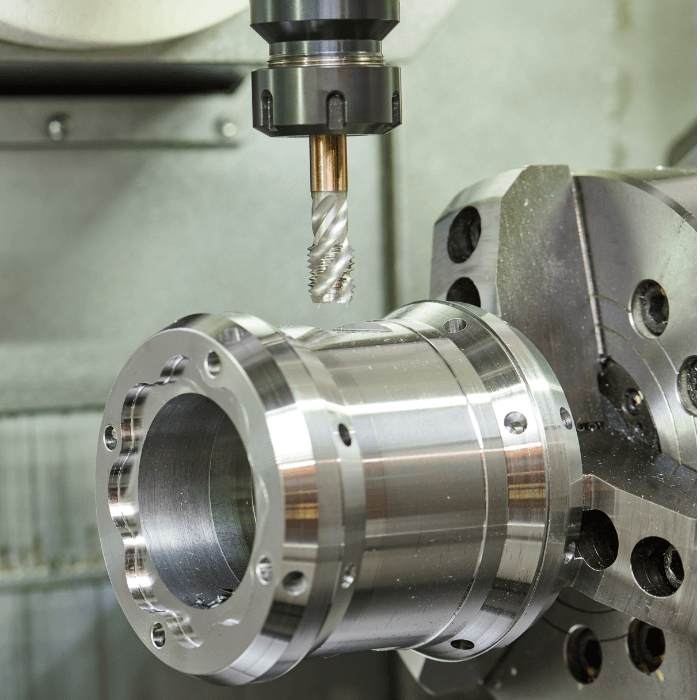
CNC Machines vs. Robots – Race for Automation in the Manufacturing Industry
Technology is perpetually moving toward automation. And as mentioned earlier, CNC machines have certain limitations when it comes to automation. Although one machine dedicated to one task offers high precision (up to a micron), you need a separate machine for every other job, which is not economically feasible.
Robots, on the other hand, are highly flexible. They can perform multiple tasks, but most importantly, they offer greater automation! However, one downside is the downgraded precision of operations (up to 100s of microns).
Robots can still not surpass CNC machining because of lowered robustness in operations. Due to greater robustness, CNC machining can perform heavy-duty operations on hard parts.
The better solution is combining the best of both worlds! ‘CNC robotics’ provide higher automation, better performance of multiple tasks, and adequate precision.
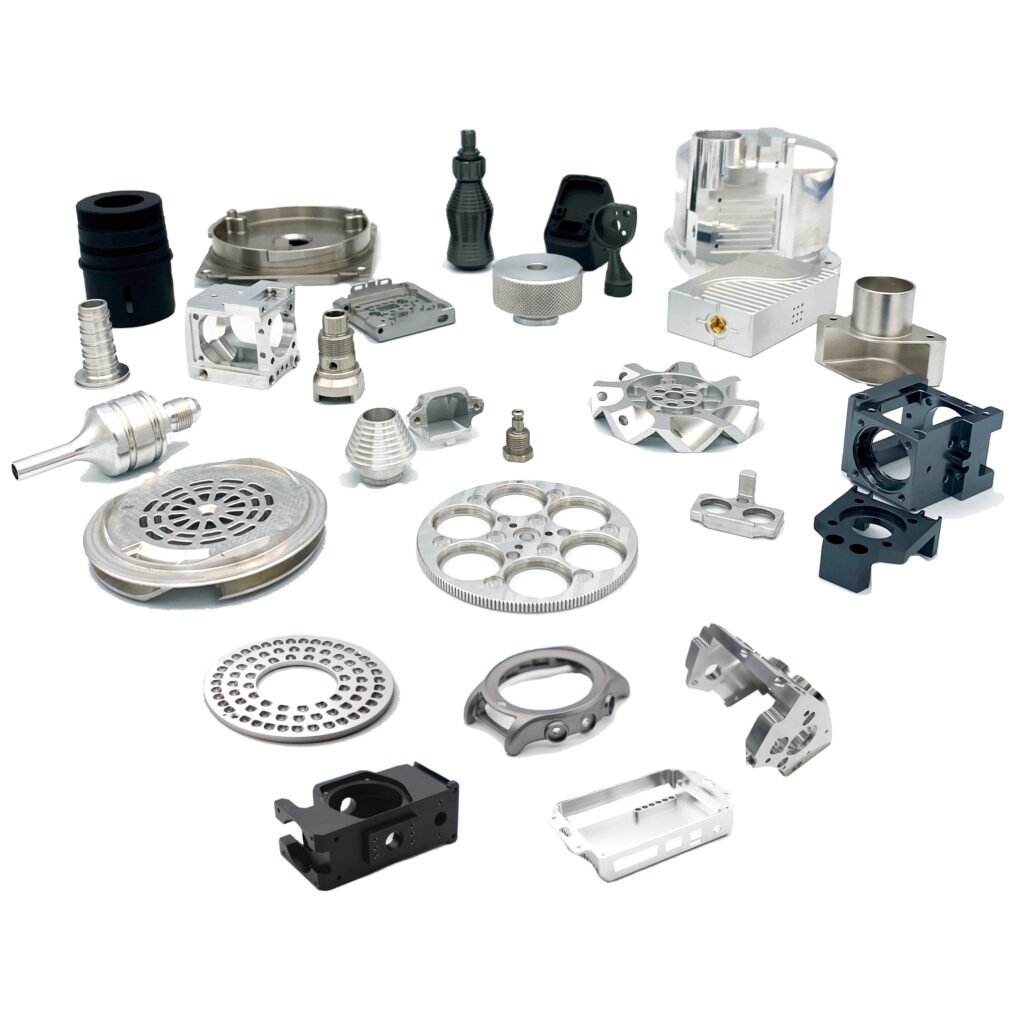
How Can CNC Machines and Robots Combine to Better the Manufacturing Process?
Industrial robotics can perform many tasks such as polishing and hand finishing quite efficiently aiding in quick completion of processes. A robot arm easily overcomes the drawbacks of CNC machining.
Some of the instances where a robot can help streamline a CNC machining process are as follows:
- A robot operator or a robot arm can aid in loading and unloading raw materials, controlling the process, and keeping in check the quality of products and the whole operation.
- A robot can quickly move parts from one machine to another.
- During the milling process, a robotic arm can remove the need for an operator to position, load and unload the parts. The robotic milling machine can communicate with the CNC machine and perform the otherwise time-consuming tasks, quickly
- Welding processes are dangerous because of the release of toxic fumes and gases. CNC robotics eliminate the risk of potential dangers by replacing humans with robot arms.
In conclusion, robots can aid CNC machining by introducing versatility in operations, flexibility, speed, efficiency and safety. By eliminating the need for a human operator, you can increase automation and save labor costs.
Your Leading CNC Machining Specialist
We are a one-stop-shop for all your CNC machining projects. QBH performs high precision 3-axis, 4-axis and 5-axis machining, producing complex, custom 3D parts. Our expert engineers are ready to take up your project and perform their best to reach your expectations.
Contact us and we will sit with you and brainstorm the best solutions for your products. We offer 100 different materials and finishing processes to handle all tasks, no matter how complicated or impossible they seem.
Talk to us today!

